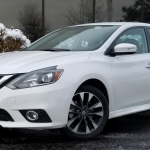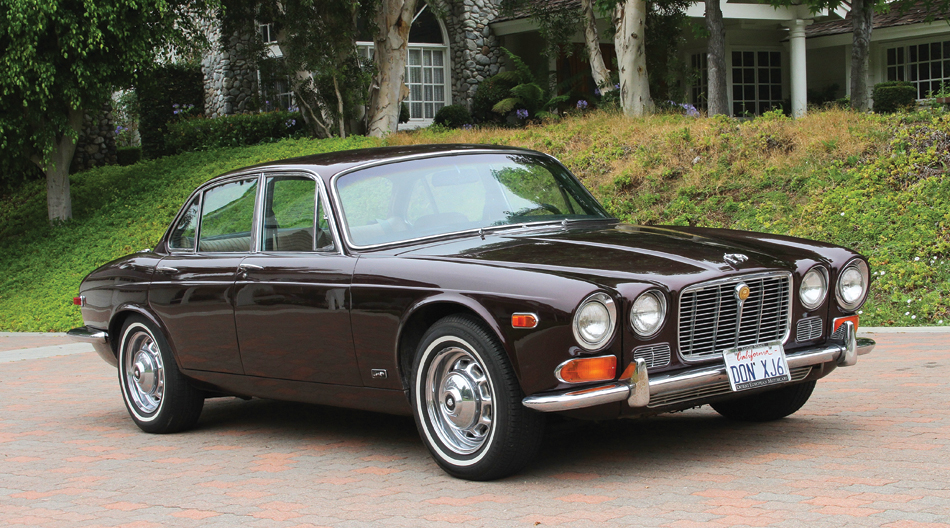
Note: This article is reprinted from the August 2016 issue of Collectible Automobile
Test by Jack Stewart
Jaguar’s XJ is one of the longest running model names in the industry. The XJ made its debut in September 1968 as a 1969 model, and Jaguar’s flagship sedan is still badged XJ 47 years later.
1970 Jaguar XJ6
There is good reason why a Jaguar sedan launched in the late Sixties should give birth to such a long-lived name. At its introduction, the XJ set a new standard for European luxury sedans. The press raved. In the UK, Motor said, “We believe that in its behavior it gets closer to overall perfection than any other luxury car we have tested, regardless of price. The car just floats round corners with such enormous reserves of adhesion that the driver’s nerve will invariably be lost before the grip.” In the U.S., Road Test exclaimed, “The Jaguar XJ6 also just happens to be the best riding car we have ever driven, and its ride/handling ratio is not equaled by any other car we can think of.” Road & Track deemed the XJ “uncannily silent, gloriously swift, and safe as houses.”
Photo Feature: 1927 Velie Model 50 Roadster
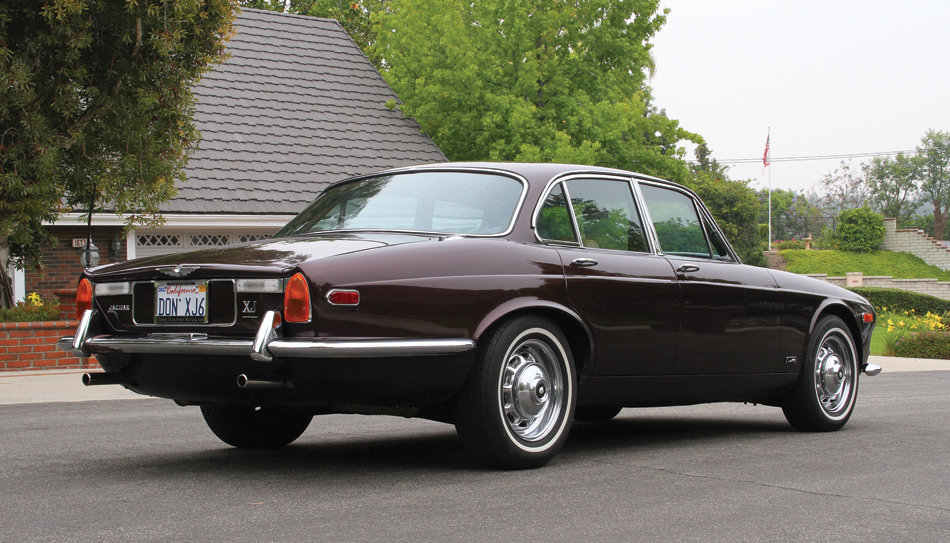
Many of the components of the new XJ were familiar. The XK 4.2-liter six-cylinder engine had been launched in 1948. It was an advanced dohc design that had powered five Le Mans winners and yet was smooth and durable. Emissions standards were starting to cut the power of the 20-year-old design, but its 245 horsepower provided good performance—Road & Track claimed the top speed was 124 mph, with 0-60 mph in 10.1 seconds. Its independent rear suspension had been introduced in the E-Type and Mark X in 1961.
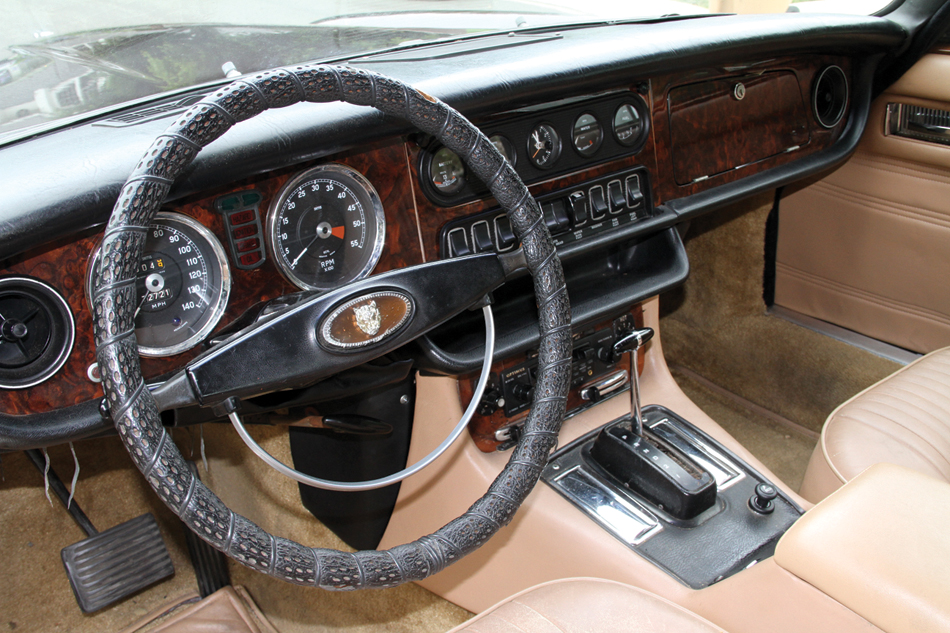
Meanwhile, the body was all new. It used unitary construction with the suspension carried by rubber-mounted sub frames to isolate road shock and vibration. The firewall was double skinned to keep engine noise out of the cabin.
Just as the XJ’s engineering received great acclaim, styling also drew praise. Jaguar’s founder, Sir William Lyons, gained renown for his styling of the XK120 and E-Type sports cars. The XJ was perhaps his best sedan design. The look of the original XJ was so successful that Jaguar used variations of the theme through 2009. Inside were the wood and leather expected of a Jaguar. The dashboard followed the E-Type layout with a comprehensive array of gauges and a long row of rocker switches.
Photo Feature: 1933 Dodge HC Station Wagon
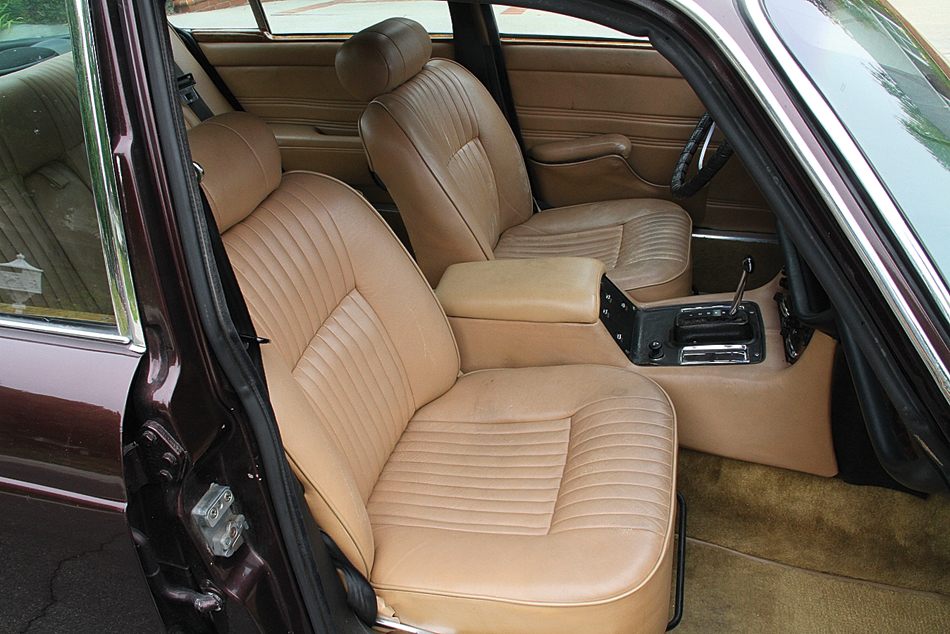
Demand was high for the XJ6, but production was slow to get moving. Jaguar’s parent company, British Leyland, was in constant turmoil. Jaguar had a hard time getting components, and labor unrest was a constant problem. In England, the wait for delivery was soon more than 12 months. Indeed, supply and reliability would be persistent challenges for the XJ.
Still, the inherent good qualities of the XJ kept the original design in production through 1992. Along the way, a V-12-powered XJ12 was added. There were Series II and Series III updates as well. A totally new XJ6—albeit with styling that echoed the original—came out in 1986. However, its engine bay was too narrow take the V-12, so the Series III XJ12 remained in production until 1992.
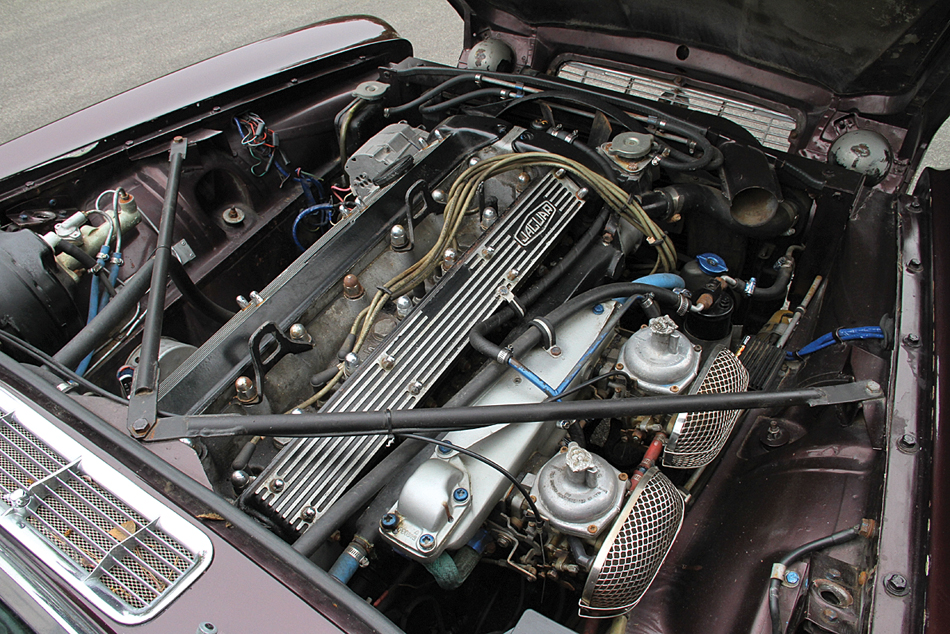
Our featured 1970 Jaguar XJ6 is from the first year of importation to America. It is equipped with a Borg-Warner three-speed automatic transmission, which came standard on U.S.-bound XJs. When photographed, it was in the hands of its third owner, Don Magargee (since deceased) of Villa Park, California.
Photo Feature: 1959 Jaguar Mark IX Four-Door Sedan
Action Madness! A Gallery of Classic Ads Featuring Cars in Motion


